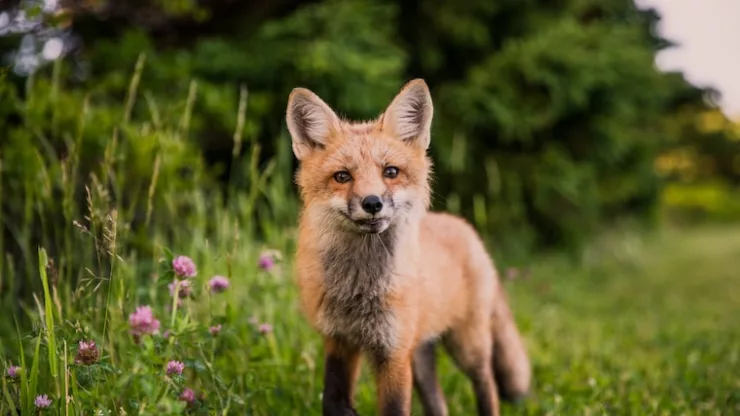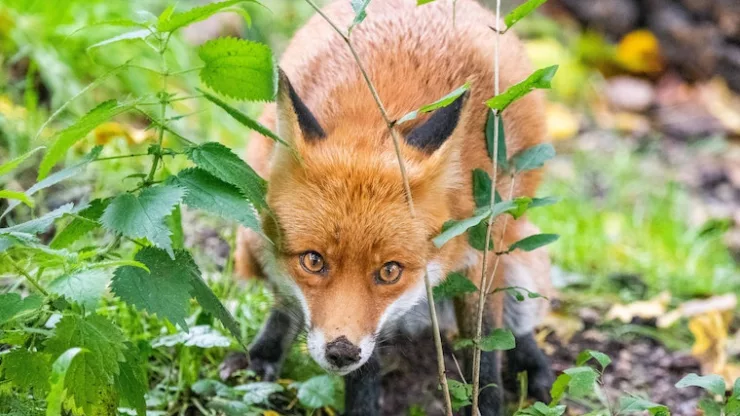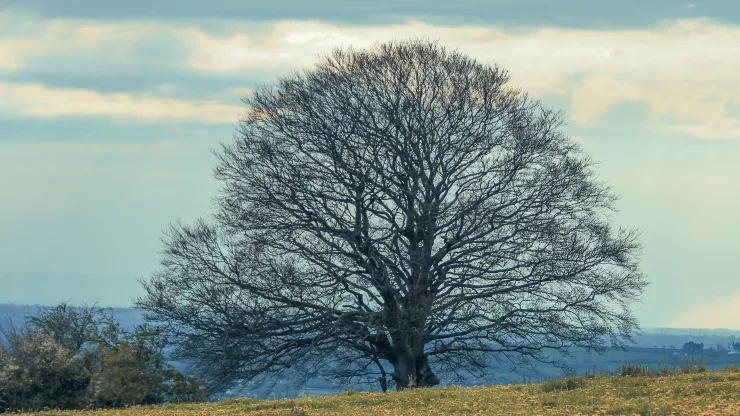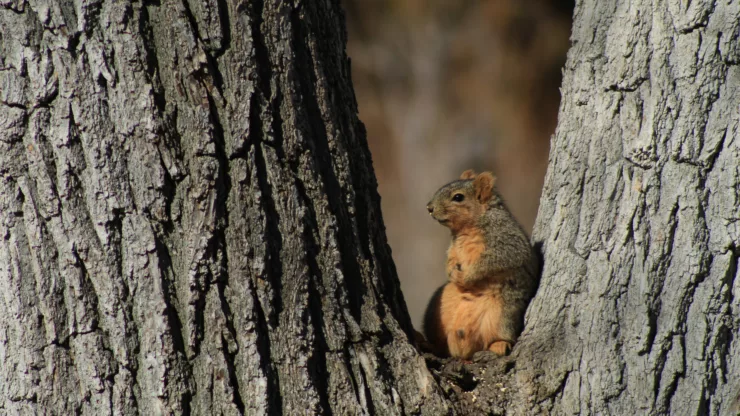In recent years, the number of foxes thriving in urban environments has been increasing.
Despite having been traditionally associated with the countryside, foxes have adapted to city living and are discovering new ways to thrive in the concrete jungle.
One of the most fascinating aspects of urban foxes is how they have adapted to living in an environment so different from their natural habitat.
These adaptive skills have led to a thriving population of city foxes, with many people surprised at how well they have adapted to living in urban areas.
In this article, we will explore the rise of thriving city foxes and how they have adapted and thrived in their urban environment.
Jump to Section
The Rise of Thriving City Foxes
Foxes are one of the most adaptable and resilient animals. Their ability to adapt is evident in the way they have thrived in urban environments.
In recent years, the number of foxes living in cities has been increasing, with many people reporting sightings of them.
According to a survey by the Royal Society for the Prevention of Cruelty to Animals (RSPCA), fox sightings in urban areas have increased by 24% in the UK.
There are several reasons why foxes have started to thrive in urban environments. One of the primary reasons is the abundance of food available in cities.
Foxes are opportunistic eaters and will eat almost anything, including small animals, insects, fruit, and vegetables.
In urban areas, food waste from bins and garden waste provides a consistent food source for foxes.
Additionally, the warmer temperatures in cities provide foxes with a more comfortable environment to live in.
Another reason for the rise of thriving city foxes is the lack of predators.
In the countryside, foxes have to compete with other predators such as badgers and eagles for food and territory.
In cities, however, there are fewer predators, which means foxes have a better chance of survival.
How Urban Foxes Adapt and Thrive in the Concrete Jungle
Foxes have adapted to living in an environment that is vastly different from their natural habitat.
They have developed several skills that allow them to survive and thrive in the concrete jungle.
One of the most significant adaptations is their ability to navigate their way around busy cities.
Foxes are intelligent animals and have learned to avoid busy roads and other hazards in the city.
They are also able to find shelter in parks and gardens, as well as under buildings and in other hidden areas.
Another adaptation of urban foxes is their ability to coexist with humans. Foxes have learned to live alongside humans without causing too much trouble.
They are generally not aggressive towards humans and will only attack if provoked.
Foxes have also learned to avoid human interaction by staying hidden during the day and coming out at night when there are fewer people around.
Finally, foxes have adapted to the urban environment by changing their behavior. In the countryside, foxes are mostly nocturnal, but in the city, they have become more diurnal.
This change in behavior allows them to take advantage of the food waste that is available during the day.
They have also learned to hunt during the day, which is something they would not usually do in the countryside.
The rise of thriving city foxes is an inspiring example of how animals can adapt and thrive in new environments.
Despite the challenges of living in the concrete jungle, foxes have developed adaptive skills that have allowed them to flourish in urban areas.
As humans continue to expand into new areas, it is essential to remember that we share the planet with many other species and that it is our responsibility to ensure their survival.
By understanding and respecting the adaptations that animals make in response to changing environments, we can continue to coexist with them in a way that benefits both humans and wildlife.
I’m a nature enthusiast and creator of Metro Wilds and have spent years exploring the great outdoors.
With a passion for environmental conservation and sustainability, I have dedicated my career to writing about the beauty and wonders of nature, as well as the threats facing our planet.
Contact me at [email protected] for assistance.





